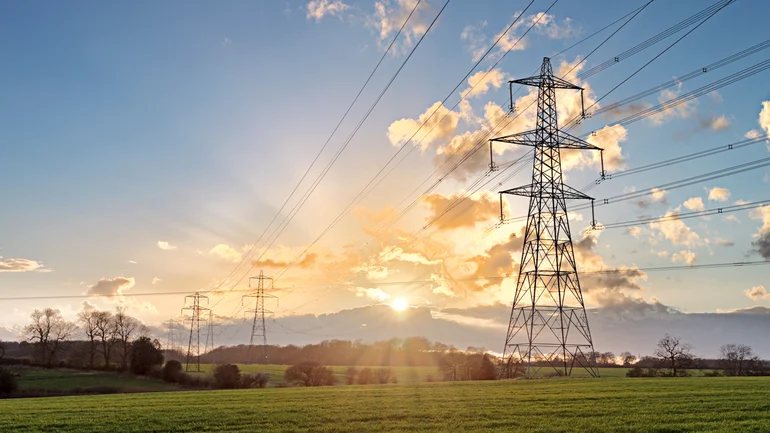Earth faults on overhead line networks (between 6.6kV and 33kV) are currently detected by tripping earth fault protection system.
When the system is operating normally there’ll be minimal current flow through the insulated earth wire, known as earth leakage.
Insulator faults can cause an increase of current flowing through the earth wire into the ground. As insulation breakdowns increase the flow into the ground rises, eventually reaching a critical point sufficient to cause asset failure and tripping upstream protection systems, causing a loss of supply to customers.
Before the fault reaches a critical point, it’s thought there’s a gradual rise in earth leakage prior to this event.
The Solution
A low-cost device able to detect a rise in earth leakage may be able to predict asset or component failure, or identify transient faults which have blown clear, but could cause a problem in the future.
This project aims to deliver a further evolution of the existing Touch Safe Tag (TST) pole leakage monitoring unit to the TST(E) Earth Leakage Logger, taking the device from technology readiness level (TRL) 7 to TRL9.
The TST(E) will measure current leakage within earthed structures on distribution network assets. This will enable the DNO to identify failing structures and installations through excess earth current leakage before a fault is detected. This will help maintain customer supplies and target maintenance activities in a more intelligent manner.
Approach
The TST(E) is a development project resulting from an original call to innovation launched in 2017, which led to the development of the mk2 TST Pole Current indicator.
This unit was subsequently trialled by UK Power Networks and Scottish and Southern Electricity Networks, successfully confirming the unit had the capabilities to detect earth leakage on un-earthed installations but required further development.
The EIC facilitated a subsequent development project, coupled with a further call to innovation issued in June 2020, which is due to complete in Q4 2024 after extensive field testing of the final design through summer 2024. This will deliver a unique BAU ready device.
Partners
The EIC is facilitating a business-as-usual (BAU) innovation-funded project between UK Power Networks, TSAFET Ltd and their partner Haysys Ltd.
The project began in July 2023 and it follows an NIA-funded project that commenced in May 2017 at TRL3 (also facilitated by the EIC).
The Project
The project has successfully completed its first two phases which were to:
1. Create a ‘model A’ prototype and prepare for initial testing and trialling on the network
2. Manufacture a ‘model B’ prototype and produce 20 units for installation and trials on the network.
The project is currently in its third and final phase, which is to:
1. Prepare the ‘model B’ for BAU deployment by completing final testing on the hardware, software and website. Preparing for commercialisation and procurement.
Key Takeaways:
1. Understood how changes in current flow indicate emerging incidents on earthed assets
2. Improved the understanding of how leakage levels can indicate the health of an asset
3. Reinforced how current, relevant data can provide an up-to-date picture of asset condition and network health, then subsequently be analysed by network operatives and intelligent IT systems.
Next Steps
If the trial is successful, it’s hoped the unit will be manufactured for commercial rollout and integrated as a standard business as usual solution for UK Power Networks.

